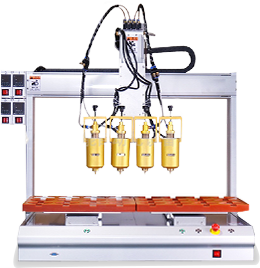

This metal medical equipment precision parts are specially made for the medical industry. As the core component of medical equipment, it plays a key role in surgical instruments, imaging equipment, testing instruments and other scenarios with its high precision, high strength and high stability. The parts are made of special metal materials and are precision-processed. They can accurately adapt to various medical equipment, ensure the reliability and safety of equipment operation, and provide solid guarantee for medical diagnosis, treatment and research.
.Customized service: According to the different needs of customers, personalized customization solutions can be provided. From the size and shape of the parts to the surface treatment process, they can be customized on demand to meet the diverse medical equipment manufacturing needs.
Test items | Testing standard | Significance of testing |
Dimensional accuracy | ±0.001mm | Ensure the adaptability of parts |
Surface roughness | Ra≤0.8μm | Reduce friction and improve performance |
Hardness | Meet medical metal standards | Ensure the strength of parts |
Corrosion resistance | Pass salt spray test | Adapt to complex medical environments |
3. Product Details
.Material selection: 316L medical stainless steel is mainly used, which has excellent corrosion resistance and biocompatibility and is widely used in implantable medical devices; titanium alloy has become the preferred material for key components of orthopedic surgical instruments and imaging equipment due to its high strength, low density and non-magnetic characteristics. Different materials can be flexibly selected according to specific application scenarios.
.Manufacturing process: The five-axis linkage CNC machining center is used to achieve high-precision machining of complex curved parts; the electrospark machining technology is used to process tiny structures that are difficult to achieve with traditional processes. In terms of surface treatment, the surface finish and corrosion resistance of parts are improved through processes such as electrolytic polishing and passivation treatment, and the risk of bacterial attachment is reduced.
.Application areas: In the field of surgical instruments, it is used to manufacture key components such as surgical blades and vascular clamps to ensure the accuracy and safety of surgical operations; in medical imaging equipment, as the core parts of CT machines and MRI machines, it ensures the clarity and stability of equipment imaging; in in vitro diagnostic instruments, it provides reliable support for sample collection and analysis components to help accurate disease diagnosis.
 Headquarters tel.
Headquarters tel. E-mail.
E-mail.